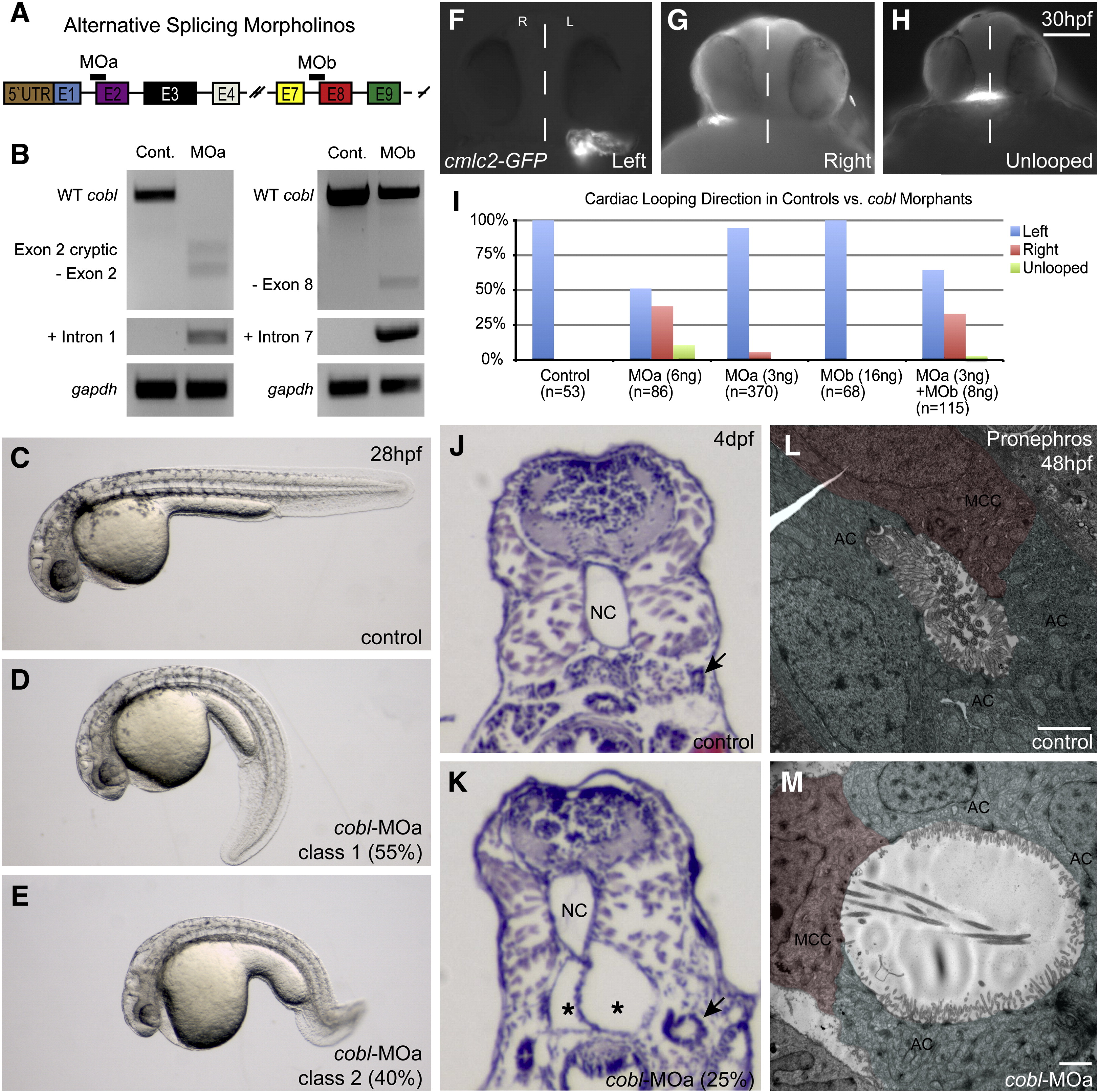Fig. 3 Morpholino-induced knockdown of zfcobl.
(A) Morpholino target sites on cobl transcript. Zfcobl-MOa binds the intron 1–exon 2 boundary. cobl-MOb binds the intron 7–exon 8 boundary. (B) RT-PCR showing morpholino induced splice variants of cobl. cobl-MOa can induce splicing out of exon 2, use of a cryptic splice site within exon 2, or the retention of intron 1, causing a significant depletion of WT cobl. cobl-MOb can cause splicing out of exon 8 or retention of intron 7 but shows a limited effect on cobl. (C–E) Control and cobl morphant embryos at 28 hpf. Morphants display curved/twisted body and axis elongation defects (n = 642). Class 1 morphants exhibit a curved-down body shape (D). Class 2 morphants exhibit more severe defects including reduced axis length, decreased head size, curved-down body shape, and a curled posterior tail (E). Scale is the same among C–E. (F–I) Control cmlc2-GFP embryos show normal leftward jogging at 30 hpf hpf. cobl morphant embryos exhibit leftward (F), rightward (G), and unjogged (H) hearts. (I) Bar graph depicting looping direction variability of cobl morphant hearts. Embryos injected with 6 ng of cobl-MOa and synergistic doses of cobl-MOa + MOb exhibit randomized cardiac looping relative to controls and sub-threshold doses of the morpholinos. Scale bar in H represents 100 μm. (J–K) Transverse histological sections of 3 dpf morphant embryos reveal kidney cysts, not found in control embryos. NC = notochord. Asterisks mark the lumen of the glomerular cysts. Arrows in J and K point to proximal convoluted tubules. These tubules also appear dilated in morphants relative to controls. (L–M) Transmission electron micrographs of sections through the medial tubules of the pronephros at 48 hpf. Morphant tubules appear dilated and often show cilia extending perpendicular to the apical surface. Scale bars in L–M represent 2 μm. Absorbing cells (= AC) are false-colored green. Multi-ciliated cells (= MCC) are false-colored red.
Reprinted from Developmental Biology, 350(1), Ravanelli, A.M., and Klingensmith, J., The Actin Nucleator Cordon-bleu is Required for Development of Motile Cilia in Zebrafish, 101-111, Copyright (2011) with permission from Elsevier. Full text @ Dev. Biol.

